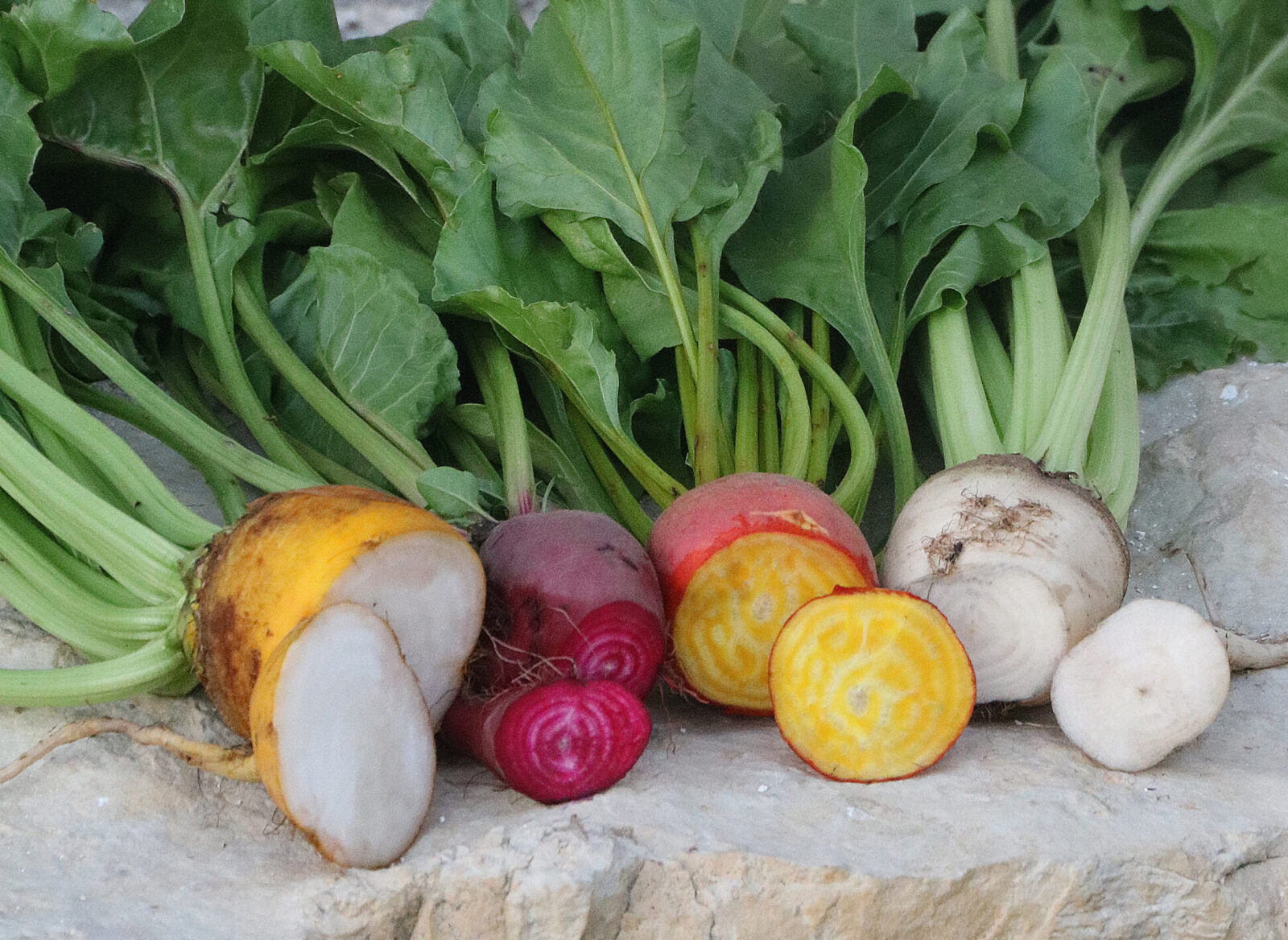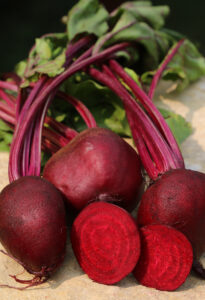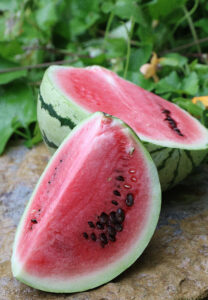Related Pages
What to Plant in Your Garden in June

Still have room in your garden? Here’s what to plant now!
Did you know you can still plant in your garden in June? Odds are good you’ve already transplanted your tomatoes and peppers and harvested lettuce or other greens to serve up fresh for dinner.
Yes, your garden has sprung to life, but if you’re interested in more than just weeding and watering, plenty of crops are still ripe for planting in many regions of the United States. Learn about USDA Plant Hardiness Zones.
June is the month to sow heat-loving crops, including:
- beets
- carrots
- corn
- cucumbers
- okra
- summer squash
- watermelons.
Just don’t forget both to enrich your soil with compost before you plant those crops and to keep your soil moist once your plants are in the ground. Dry soil will impede quick and even growth, which is essential for reaping a good harvest. Learn more about soil health.
So take inventory of what you have already sown—and ponder what else you might like to grow, eat, and even share. No matter what you choose to plant, remember that when you grow historic and heirloom varieties, you are helping to preserve our garden heritage.
Not sure what to plant? Try these customer favorites from SSE.
‘Detroit Dark Red’ Beet:

Great for canning and fresh eating, this variety is a good keeper, producing round, blood-red, 3″-diameter roots. This historic variety was introduced in 1892 by D.M. Ferry & Company. Original selections were made from the Early Blood Turnip beet by Mr. Reeves of Port Hope, Ontario, Canada.
Five star review:
“This was my grandpa’s favorite beet. It grows well in hard soil and the skin slips off very easily after boiling. As with most beets, it will bleed like crazy if you remove too much of the tops and then try and boil it to remove the skin. Great flavor, a little more earthy than some but very good.”
Learn to grow and save beet seeds.
Rainbow Carrot Mix:

New for 2024! If you love carrots, this is the mix for you! It contains four wonderfully distinct varieties:
- ‘St. Valery’s’ (red-orange, sweet, and excellent for storage)
- ‘Cosmic Purple’ (purple outside, orange inside, and sweet)
- ‘Solar Yellow’ (sunshine-yellow, sweet, and juicy)
- ‘Lunar White’ (creamy-white, sweet, and productive). All four varieties will delight your palate (and your eyes!) while dressing up your salads, soups, and sides. No reviews yet.
Learn to grow and save carrot seeds.
‘Glass Gem’ Corn:

Unique variety developed by Seed Savers Exchange member Carl Barnes and more recently stewarded by Carl’s protege, Greg Schoen. A wide range of jewel-tone colored kernels makes each ear uncommonly beautiful. Use for crafts, ornamental decoration, grind into cornmeal, or pop and enjoy. Shop all corn varieties.
Five star review:
“I could hardly bring myself to pop any of this corn and destroy such creation artwork. Each ear is unique, slightly translucent. Bugs weren’t too interested in it. Didn’t try cornmeal with it.”
Watch this vide to learn how to hand pollinate corn.
‘Snow’s Fancy Pickling’ Cucumber:

(Aka Snow’s Pickling) Selected from Chicago Pickling by J. C. Snow of the famous Snow Pickle Farm in Rockford, IL. Listed circa 1905 by Vaughan Seed House of Chicago. Once a very popular small pickle, can still be used to make fancy pickles today. Dark green, short and slender (5″ long by 1½” wide), thin flesh. Shop all cucumber varieties.
Five star review:
“I had great success with these last summer. Huge 7’ vines that were literally covered with cukes! I grew them on a 12’ long cattle panel, spaced seeds 3” apart. Produced all summer! I had plenty of cucumbers to preserve 22 quarts of pickles and had ample left to share with neighbors all summer! Very productive, crispy, Disease and pest resistant.”
Learn to grow and save cucumber seeds.
‘Clemson Spineless’ Okra:

An All America Selections winner in 1939, that was introduced by Clemson University. Still the most popular open-pollinated variety on the market. Vigorous plants grow 3-5′ tall. Exceptionally uniform, deep green ribbed and spineless pods are best harvested when 3″ long. Shop all okra varieties.
Five star review:
“Wonderful okra, stays tender to a surprising size, although I do try to pick it right about 4 or 5 inches long. Multiple side shoots produce okra in addition to the main stalk. Give it plenty of space so you can search through the side shoots to harvest!”
Learn to grow and save okra seeds.
‘Golden Zucchini’ Squash:

Introduced in 1973 by W. Atlee Burpee of Philadelphia, bred from squash varieties supplied by Dr. Oved Shifress. This vivid yellow fruit was the first commercial B (bicolor gene) cultivar. Crisp and mild-flavored zucchinis are borne prolifically on bush plants. Shop all squash varieties.
Five star review:
“I’ve grown Golden Zucchini for many years, and tried many other varieties but this remains my favorite. The seeds seem to be getting harder to find so I’m very happy that SSE continues to offer them. I find the golden color much more appealing than the usual green zucchini when used in most recipes. In my garden in the Michigan Upper Peninsula it continues to produce right through September and into October, until we get a freeze.”
Learn to grow and save squash seeds.
‘Chris Cross’ Watermelon:

And we end the list with a variety made (almost) straight south from Seed Savers Exchange in Montrose, Iowa. This moderately sweet family heirloom draws its name from a cross between the Hawkesbury and Dixie Queen watermelons made by a Montrose farmer named (you guessed it!) Chris in 1950. Shop all watermelon varieties.
Five star review:
“Grew these down in Southeaster Iowa in 2023. They did well despite the drought conditions I gave them. Sweet, but not super sweet. I got one melon per plant, and they grew bigger than expected (up to basketball size). Lots of seeds in clusters.”
Learn to grow and save watermelon seeds.